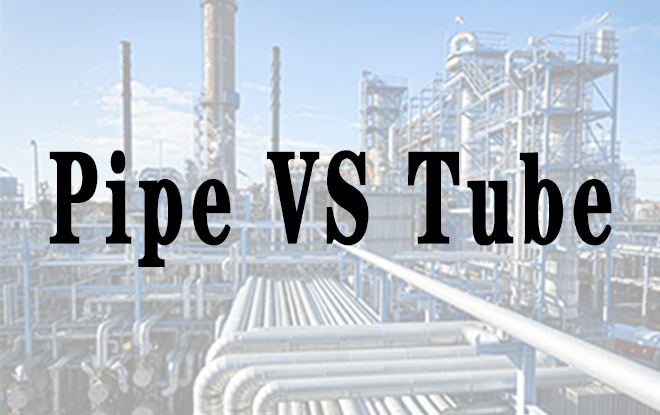Pipe fittings and tube fittings are both components used in plumbing and piping systems, but they serve slightly different purposes and are designed for different types of connections:

1.Pipe Fittings:
(1)Pipe fittings are used to connect sections of pipe or to change the direction of piping within a system.
(2)They are typically used with rigid piping systems made of materials such as steel, copper, or PVC.
(3)Pipe fittings are generally larger and have threads on the outside that allow them to be screwed onto the ends of pipes.
(4)Common types of pipe fittings include elbows, tees, couplings, unions, reducers, and adapters.
(5)Pipe fittings are usually used in industrial applications, such as in oil and gas, chemical processing, and water treatment plants.
2.Tube Fittings:
(1)Tube fittings, also known as compression fittings or instrumentation fittings, are used to connect sections of tubing in fluid systems.
(2)They are commonly used with softer tubing materials such as copper, stainless steel, or plastic.
(3)Tube fittings use compression or bite-type mechanisms to seal and secure the connection between tubes.
(4)These fittings are often smaller and more compact than pipe fittings, and they do not have external threads.
(5)Tube fittings are frequently used in applications where a leak-tight seal is essential, such as in hydraulic systems, pneumatic systems, and laboratory equipment.
In summary, while both pipe fittings and tube fittings are used to connect components in piping systems, pipe fittings are designed for use with rigid pipes and typically have external threads, while tube fittings are used with softer tubing materials and utilize compression mechanisms for sealing and securing connections.
Post time: May-08-2024
